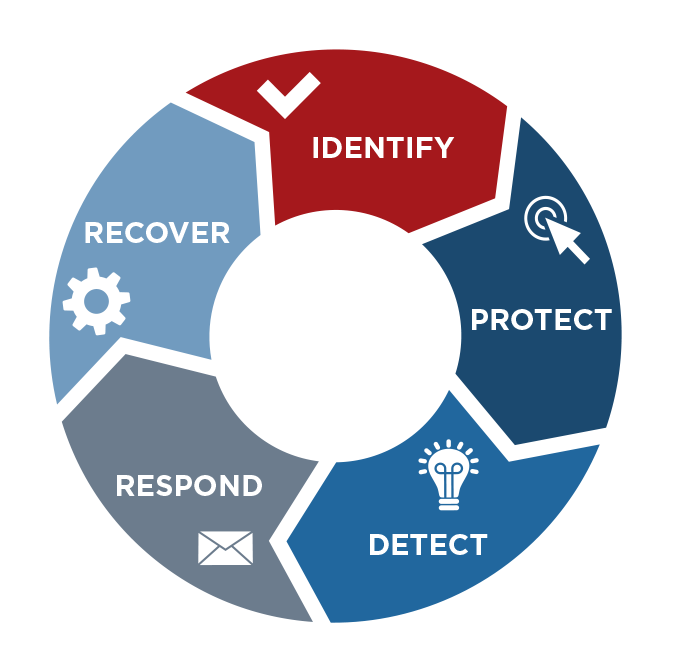
Cybersecurity
Protecting systems, networks, and programs from digital attacks are done
by Cybersecurity. Cyberattacks are aimed at accessing, changing, or destroying
sensitive information; extorting money from users or interrupting normal business
processes.
Attackers are more innovative as implementing effective cybersecurity
measures is extremely challenging today because there are more devices than
people. To prevent, identify, eliminate, or isolate cyber threats completely by
Cybersecurity Threat intelligence. It is used for understanding the threats
that they have targeted any field or will be targeting any field, or currently
targeting any fields.
An entire organization could be brought to its knees by Cyber threats
that are downright terrifying. Cybersecurity Threat intelligence can help
organizations to gain valuable knowledge about cyber threats by building an
effective defense mechanism and mitigating the risks which could damage their
bottom line and reputation. The targeted defense is required by the Targeted
threats. The capability to defend more proactively is delivered by
Cybersecurity threat intelligence.
Types of CTI
1. Strategic CTI: To create an overall view of the
possibilities of a cyber attack by using a detailed analysis of trends as well
as the emerging risks.
2. Tactical TI: To the people in an organization who are
directly involved in the protection of the network by offering detailed
specificity on TTP, i.e., threat actor tactics, techniques, and procedures
3. Technical TI: To focus on the technical clues which are
indicative of cybersecurity threats from the subject lines to phishing emails
or fraudulent URLs.
4. Operational TI: To understand the nature of specific
cyber-attacks by providing details of relevant factors like nature, timing, the intent, and sophistication of the group which is responsible for it as well by
helping IT defenders.
To detect sophisticated and stealthy attacks in any network, Advanced
Persistent Threat Detection is used. A targeted attack against a highly valued
asset is APT. From gaining access to the customer information by stealing the
IP of an organization to disrupt an entire business of an organization is done
by APT.
Objectives
• To stay up to
date with the volume of the threats, vulnerabilities, and targets.
• To become
proactive in future Cybersecurity threats.
• To provide the
latest and up-to-date information’s about threats and repercussions.
What problem are you trying to solve?
Multiple security measures are in every organization to protect and
secure their data. Vulnerabilities are used by the attackers to intrude those
data from the organization. The problem to be solved is preventing such an
attack which causes a cybersecurity breach.
Five Cyber Exposure phases for effective risk-based vulnerability
management:
Discover: To identify vulnerabilities across the entire attack surface by
identifying and mapping every asset across the computing environment to the
inventory of all assets by identifying details which include the operating system, services, applications, and configurations which are performed
regularly on an automated schedule.
Prioritize: Categorize the discovered assets into groups and assigning the
risk-based prioritization based on criticality, threat context, and
vulnerability severity to the organization.
Assess: For providing ongoing baseline overtime to eliminate the risk by
understanding and assessing the cyber exposure of all assets which includes
vulnerabilities, misconfigurations, and other security health indicators.

